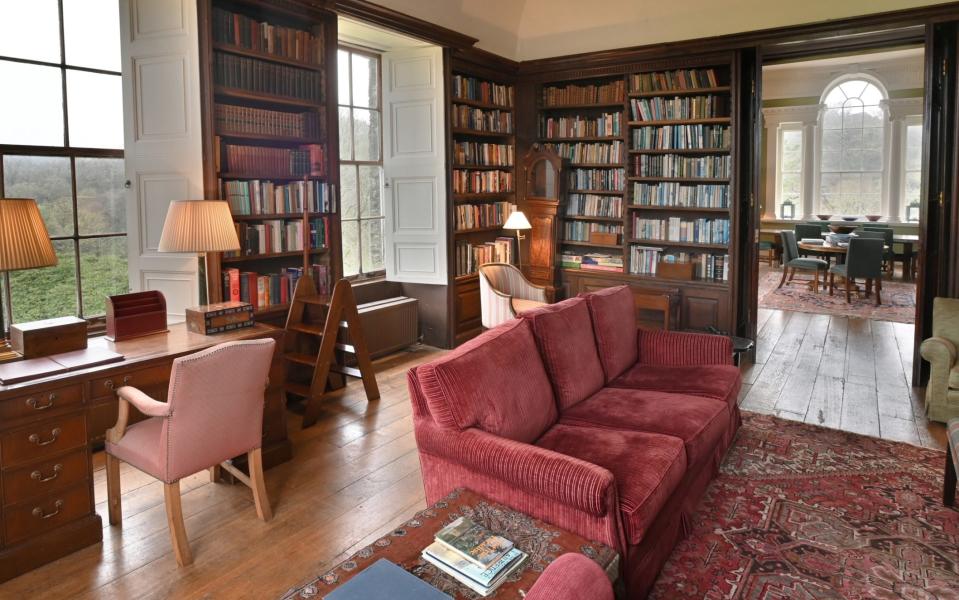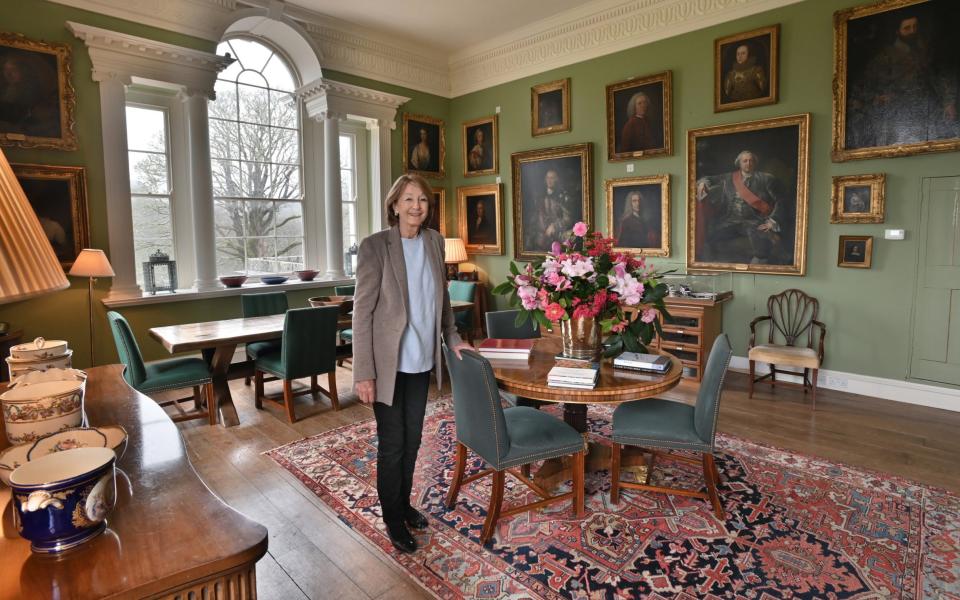Set in over 7,500 acres of Cornish countryside, Boconnoc Estate has played host to dueling dukes, prime ministers and even King Charles I.
Steeped in history, the earliest mention of the estate is in the Domesday Book and during the 17th century Boconnock played a central role in the Civil War with Charles I and later the Prince of Wales, Charles II, taking refuge in the house.
After the Civil War, Boconnoc succeeded the leading politicians. In the 18th century, Thomas Pitt, governor of Madras, bought the estate for £53,000 after selling The Regent Diamond. He would receive the title “Diamond” Pitt for purchasing the largest diamond in the world at the time.
With politics in the blood, the family estate must have been the headquarters of the Whigs. One of the rooms still holds one of the largest collections of portraits of Liberal politicians.
The Pitts held the estate until the 19th century after which it passed to the Fortescue family. By that time there was a church, a school, and accommodation for servants and farmers, which created a whole community.
During the Second World War, the rooms were filled with furniture and US troops were billeted in the house with ammunition dumps and tanks scattered throughout the estate.


In the 1970s, the historic country pile was abandoned and eventually fell into complete disrepair.
The house was then rescued by Elizabeth and her late husband Anthony Fortescue, who decided to restore Boconnoc and open it to the public.
“Anthony decided he wanted to completely restore it, and I agreed – it was another question whether we had the money to do it”, says Mrs Fortescue.
Anthony Fortescue was a furniture maker and knew a lot about interior design. “He had a great eye, he would go to an antique shop and find the most beautiful things” says Mrs Fortescue.
As the renovation was going to be expensive and money was tight, the Fortescues decided to host events and use the land to finance the renovation.


“We both had our roles, Anthony managed the land and the agriculture, and I ran the events”, explains Mrs Fortescue.
What started as a team of two has grown to 12 full-time employees and during the summer season the estate employs over 20 people.
At first the house was habitable, with no electricity and rotting roofs, so the family used a stable yard for events and weddings.
“When there were only a few of us, I remember times when I had to make thousands of cups of tea”, she says.
The main goal was to restore the house, which the Fortescues described as the heart of the estate. “When you drive past an abandoned house every day, you lose the will to live,” says Mrs Fortescue.
The family didn’t apply for grants and didn’t want it run by the National Trust or English Heritage, so the restoration had to be put on hold twice while money was found.
“We wanted to do it ourselves, when you go [in] with an organization in a sense it is no longer your home”, says Mrs Fortescue.


Eventually, after almost two decades of painstaking restoration, the house was completely restored with furniture designed by Mrs Fortescue’s daughter, Sarah, and models and frescos by local Cornish artists.
“My daughter Clare and I were abroad when Anthony called to ask ‘where do I want the light switches’ – we were so glad the place had electricity”, says Mrs Fortescue.
The restoration was hailed as one of the largest in the country and won several awards, including the Historic Homes Association/Sotheby’s Restoration Award.
In 2015, Anthony Fortescue, who held the title of High Sheriff of Cornwall, died, and Clare took over the running of the estate.
Having seen the restoration in person, she says her parents’ enthusiasm to revive Boconnoc is what motivates her to continue.
“They had the energy and enthusiasm to create a viable business to support the place and we will continue with my family and an enthusiastic and hard working team”, says Clare. Her goal is to make the estate as efficient and environmentally friendly as possible.
“We are committed to looking after acreage in the countryside, including many working farms and ancient oak woodlands which are sites of special scientific interest. As the natural environment faces increasing threats, we take our responsibility to preserve it very seriously”, says Clare.


Summer is the busiest season for Boconnoc, with weddings taking place most weekends.
Most of the farms on the estate are organic and Boconnoc grows its own fruit and vegetables, while the deer park, which has been on the estate since the reign of Henry VIII, provides venison.
“We look at farming practices and consider what we can do to improve soil health and biodiversity and reduce things like chemical sprays,” says Clare.
As it has for centuries, the family tries to foster a strong sense of community with a cricket team, Sunday services and a “hub”, where people can meet once a week for conversations, reading the paper and enjoyment. remove the tea for free and. cake on offer.
“We wanted to benefit the general public in the surrounding area”, explains Clare.
The Fortescues say for the Boconnoc Estate that “if you love and care for it, it will love and care for you”.